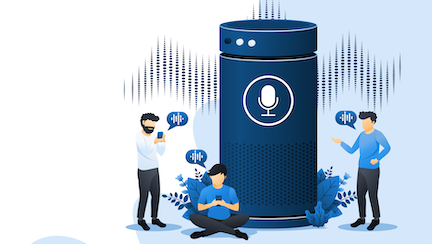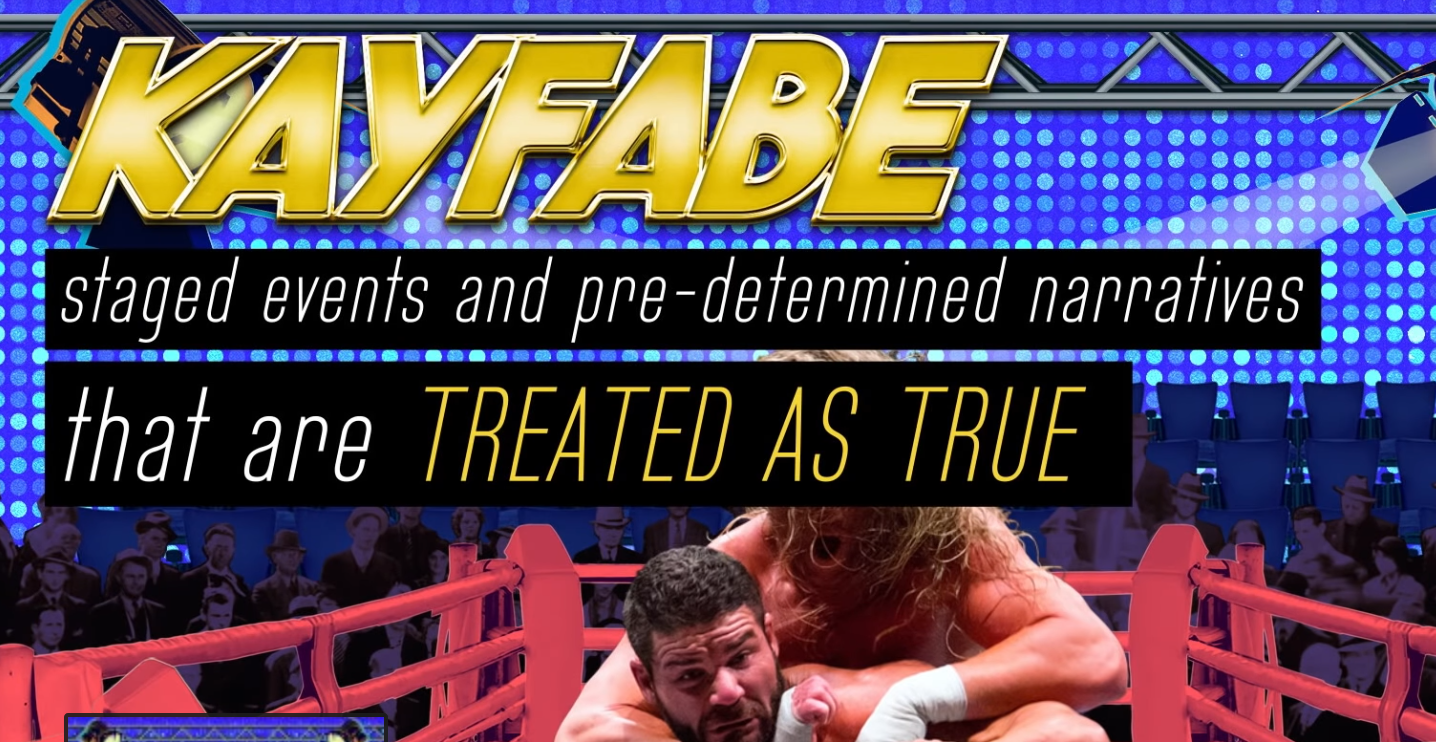
Tone and delivery. Content metadata designed for humans.
The tone and the way you deliver your content may be the most important part of creating effective, persuasive content.
Both tone and delivery act as components to filter the meaning of your written or spoken content in order to let a specific visceral meaning drip through to the reader or user.
The way a writer or content deploys voice and tone creates emphasis and underlines a particular meaning. In effect, putting their author’s thumb on the scale of a perspective they favor so their readers give that point of view greater weight, importance, and urgency.
Tone is more important than the words.
Imagine that you needed to walk around while being blindfolded. Unable to see anything around you but a depth-less pitch black.
Sightless, all you have left is a voice around you to listen to and speak navigational information to you to guide you.
You try to walk. You step forward. One foot after the other. As you step, you have no idea if you are close to a wall or possibly about to walk into a wall.
Suddenly, you hear a voice calmly say, “stop.”
You feel the casualness in their voice and you respond by calmly slowing to a full stop.
Later you start walking again. In the middle of your stride, suddenly the navigating voice screeches, “Stop!!!!!”
It’s likely that you feel urgency to stop immediately. In fact from the desperate sound of the voice, the need to stop must be so bad that you not only stop immediately, you raise your hands up in front of you in hopes of protecting you from whatever this horrible threat must be.
Same scenario, same content: the word “stop.”
But the different deliveries of that word created very different results. What made them different? The editorial and tonal context the same message was delivered with.
The tone of content is almost as critical as the message itself.
Tone and delivery is a like a secondary channel that people hear along with the message content. An extra channel which tends to frame the validity, priority, or value of the message.
Sarcasm is all about tone.
Think about an example a lot of us use everyday. Sarcasm. The right words, layered with a contradicting delivery.
Think about this phrase spoken sarcastically: “Oh, I’ll get that for you right away.”
You wouldn’t expect to get it “right away” if at all.
Through the tone of sarcasm, we know not to listen to the words because the tone says “disregard what you think you hear me saying.”
Tone and delivery is like the “handle with care” note on a package.
It defines how most people will treat the package. It’s why you must be mindful of it. Via tone, you can communicate levity, fear, anxiety, anger and more that will then cause those words that you use around that tone to be viewed in that context.
So be mindful of tone and delivery. Or don’t. It doesn’t matter. I say sarcastically.































